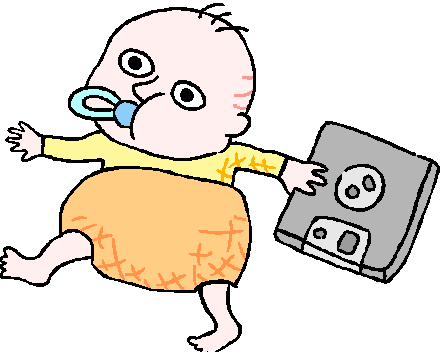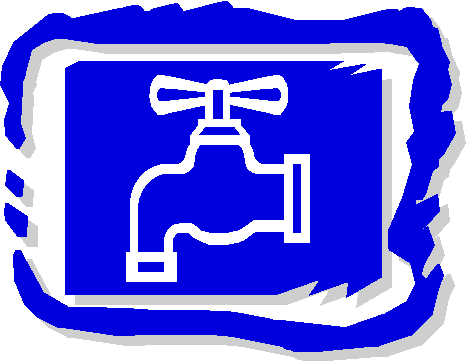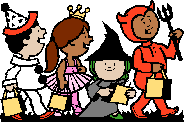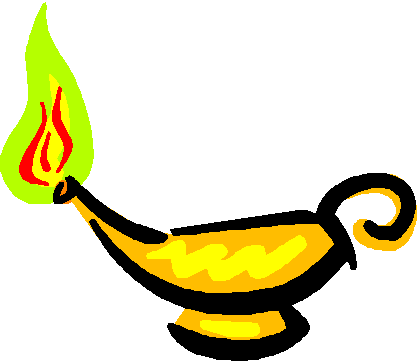|
Frequently Asked Questions: Burns/Child Burns Prevention
|
|||
|
Burns
are the second leading cause of death for young children ages 0 to 5.
Children burn faster than adults because they have thinner skin.
Children under five are curious about fire. As a child's mobility and
curiosity increases, appropriate supervision becomes essential. Often
what begins as a natural exploration of the unknown can lead to tragedy.
v
Supervise & control a young
child's activity while he/she is in the kitchen and when food is being
prepared. High chairs, feeding tables, playpens, etc. can control
children and allow supervision during daily kitchen activities. v
Keep all hot liquids at a safe
distance from children. v
Keep pot handles turned toward
the back of the stove. Cook on rear burners when possible. v
Test all heated liquid and food
before giving it to a child or placing it within his reach. v
Remove tablecloths when children
are present in the home. They tug and pull on everything within reach.
Hot liquids can easily be pulled down on them. v
Never hold a child while drinking
a hot liquid. v
Inform baby-sitters/servents
about kitchen and appliance safety and teach them to prevent burn
injuries when preparing meals. v
Purchase appliances with short
cords, and keep all cords from dangling over the edge of counters, e.g.
slow cookers, coffee pots, fat fryers, and anything else that could
contain hot liquids. v
Periodically check all handles on
appliances and cooking utensils to ensure the handles are tightly
fastened and will afford proper heat protection. Use caution when moving
heavy pots of hot liquids from the stove. v
Children should not be allowed to
use a cooking/heating appliance until they are mature enough to
understand safe-use procedures and tall enough to safely reach cooking
surfaces and handle hot items. v
Avoid using area rugs in the
kitchen, especially near the stove. They can cause falls and burns. v
Continuous and adequate
supervision of young children is the single most important factor in
preveting tap water scald burns. v
Test the temperature of the water
by moving your hand rapidly through the water for several seconds before
placing a child into the bath or getting into the tub yourself,. The
temperature should not exceed 100°F/39°C. A child's delicate skin will
burn more quickly than an adult's. v
Never leave a young child
unattended in the bathroom or tub. Use extreme caution if bathing small
children in the sink. Adjust the thermostat setting on your water heater
to produce a temperature of 120° to 125° F or less. The lower the
temperature, the lower the risk. v
Consider installing
"anti-scald" devices on tub faucets and shower heads to
prevent accidental scalds.
v Children's sleepwear for sizes larger than nine months must be: 1.Flame Resistant 2.Snug-fitting -- Snug-fitting garments need not be flame resistant because they are made to fit closely against a child’s body. Snug-fitting sleepwear does not ignite easily and, even if ignited, does not burn readily because there is little oxygen to feed a fire. v
Children should never be put to
sleep in T-shirts, sweats, or other oversized, loose-fitting cotton or
cotton-blend garments. These garments can catch fire.
v
Candles, matches, and lighters
can start fires. Keep matches and lighters out of sight and out of the
reach of children in a secured drawer or cabinet. Children as young as
two years old are capable of lighting cigarette lighters and matches. v
Never encourage or allow a child
to play with a lighter or to think of it as a toy. Do not use it as a
source of amusement for a child. Once their curiosity is aroused,
children may seek out a lighter and try to light it. v
Always check to see that
cigarettes are extinguished before emptying ashtrays. Stubs that are
still burning can ignite trash. v
Never leave a burning candle
unattended because it can tip over and start a fire. Keep candles,
matches, and lighters away from children at all times. v Supervise young children closely. Do not leave them alone even for short periods of time.
v
Develop a home fire escape plan,
practice it with your children and designate a meeting place outside.
Teach children to get out quickly and call for help from another
location. v
Take the mystery out of fire play
by teaching children that fire is a tool, not a toy. v
Show children how to crawl low on
the floor, below the smoke, to get out of the house and stay out in the
case of fire. v
Demonstrate how to stop, drop to
the ground and roll if their clothes catch fire. v
Install smoke alarms on every
level in your home. Familiarize children with the sound of your smoke
alarm. And remember to practice a home escape plan frequently with your
family.
|
||




 Choosing Children Garments:
Choosing Children Garments: 
 Others:
Others: